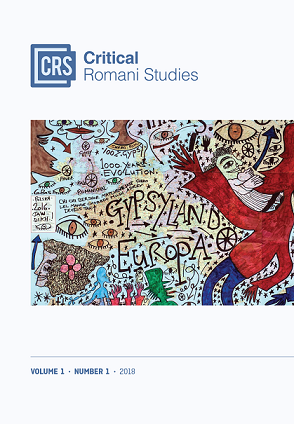A Critical Approach to Roma Design Analyzing Objects by Meșteshukar ButiQ
Main Article Content
Article Sidebar
Published
Apr 13, 2018
Ágota Szilágyi-Kispista
Abstract
In his 2016 book Notes on the Ontology of Design, Arturo Escobar asks whether it is possible to talk about the existence of a “critical design theory”. He states that if by “critical” we mean the application of a series of critical theories and approaches in the fields of design, and a certain connection to cultural studies, then we can talk about the ongoing development of a “critical design theory”. Based on an analysis of a set of objects by the social enterprise Meșteshukar ButiQ (Bucharest, Romania), I analyze the role of design in the construction and representation of Romani identity. Generally, design is interpreted as a representation of the self, however it has a significant role in constructing it too. According to Penny Sparke, “design is seen as being part of the dynamic process through which culture is actually constructed, not merely reflected” (2013: 4). Through an analysis of the products created and sold by Meșteshukar ButiQ and its collaborators, I examine the role of design not just in expressing but also in creating meanings, and thereby, I emphasize the design process’ importance in identity politics.
How to Cite
Szilágyi-Kispista, Ágota. (2018). A Critical Approach to Roma Design: Analyzing Objects by Meșteshukar ButiQ. Critical Romani Studies, 1(1), 150–159. https://doi.org/10.29098/crs.v1i1.13
Article Details
Keywords
Critical design theory, Design studies, Self-empowerment, Roma design, Cultural representation
Issue
Section
Arts and culture
Authors who publish with this journal agree to the following terms:
- Authors retain copyright and grant the journal right of first publication. The work is licensed under a Creative Commons Attribution-NonCommercial License that allows others to share the work with an acknowledgement of the work's authorship and initial publication in this journal.
- Authors are able to enter into separate, additional contractual arrangements for the non-exclusive distribution of the journal's published version of the work (e.g., post it to an institutional repository or publish it in a book), with an acknowledgement of its initial publication in this journal.


 http://orcid.org/0000-0002-6458-9016
http://orcid.org/0000-0002-6458-9016